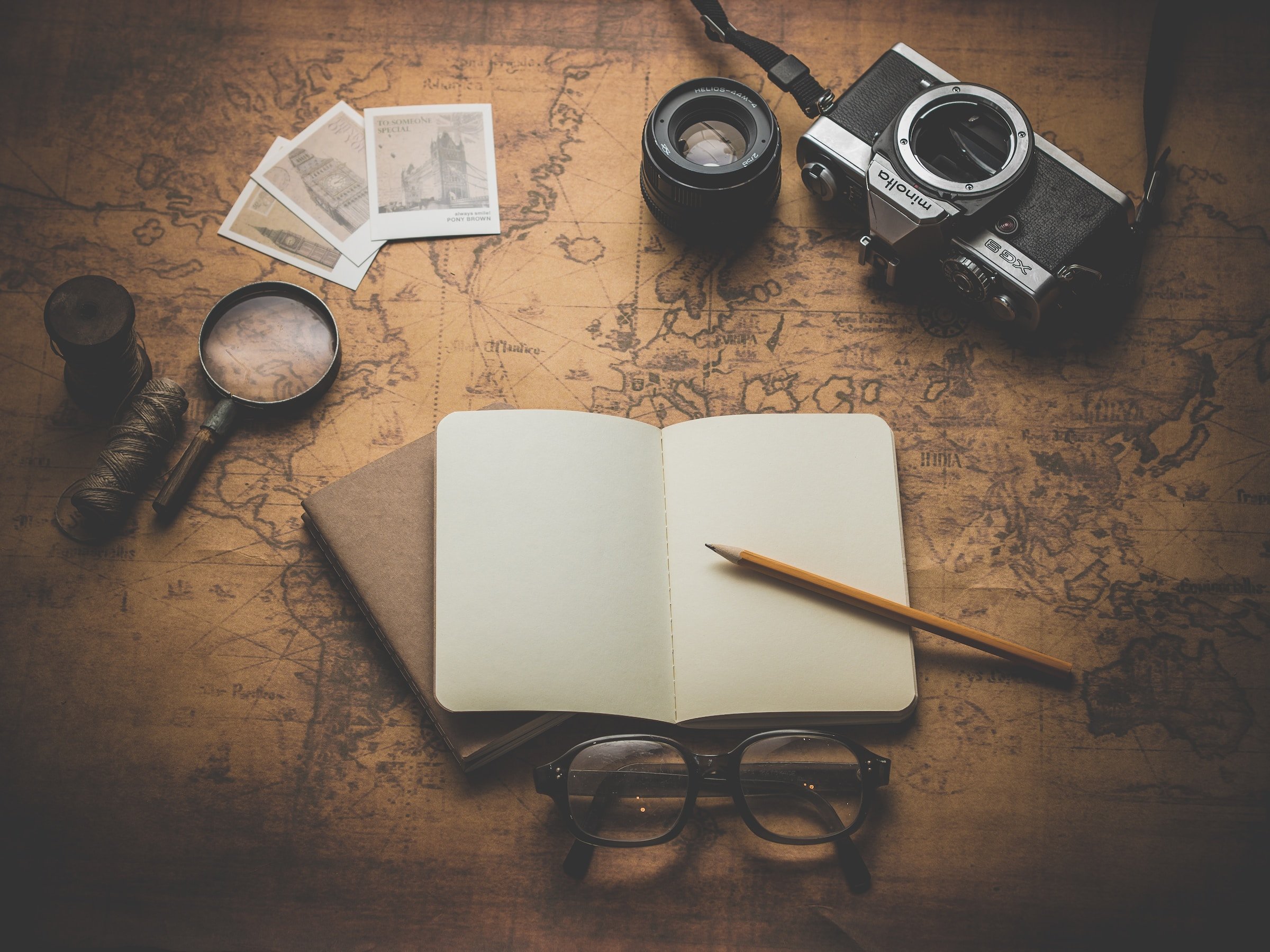
Who Is Your North Star?
I love me some Mel Robbins. I love listening to her podcast, because she gives down-to-earth, no-nonsense advice on how to live your best life.
Of course, the best advice in the world is no good if you don’t apply it, and a recent episode had me thinking: What is the North Star of my writing?
This concept comes from an exercise that Mel’s daughter did in her performing arts program at university. Your North Star is simply the person whose creative journey most inspires your own.

The Next Step for Revision – Create Your As-Is and Revised Story Maps
Once you’ve read through your manuscript and answered all the questions from last week’s post, you need to make a plan for actually doing the revision.
No, it’s not time to start writing yet! At this point, you’ve probably identified a bunch of issues you need to deal with. Questions to be resolved, decisions to be made, scenes to be combined/added/changed/deleted. Characters to be combined or cut. You get the idea.

5 Questions to Ask Before You Start Your Novel Revision
Phase I of revision on my novel is over - the read -through. I've read the whole thing and overall I'm pretty pleased with it (phew!). I've made notes on all the major things that need to be decided/changed/added/removed. Now comes the hard part: actually making those decisions and beginning to implement them.

The Stoplight Method for Revision, Part III: Green Light Issues
Finally, we come to dealing with Green Light issues in your draft! For the past two weeks, I’ve talked about Red Light issues (the big-picture, foundational changes you need to make) and Yellow Light issues (the somewhat complex but more manageable issues you need to resolve). Now you’re ready to deal with the stuff that will really make your manuscript shine.

The Stoplight Method for Revision, Part II: Yellow Light Issues
Last week I gave an overview of the Stoplight method for revision, focusing on the Red Light issues – the major issues you need to deal with before anything else. This is by far the hardest part of revision, since it involves looking at things like character arc and structure.

The Stoplight Method for Revision, Part I: Red Light Issues
Have you ever finished a manuscript, and wondered, Now what do I do? If so, you are not alone. The majority of writers think that revision means “go back to the beginning and start from page 1 and then edit each line.”
WRONG.

What To Do When You Have Too Many Ideas
This past weekend, I found myself in a Läderach chocolate shop very similar to the one in the above image. I hadn’t had Läderach chocolates since my last trip through Zurich in 2018, and let me tell you, they are divine. I recently learned they opened a shop in Boston, and it was all I could do to restrain myself from heading there the next day, work obligations be damned.

Making a Scene: How to Go Deep to Maximize Action and Emotion
This week I hit that pivotal moment in my novel, where we turn into Act III. It’s a good place for an “all is lost” moment. Maybe even a culmination of many moments, where the Protagonist realizes nothing is going right, and it’s her against the world.

How Watching Films & TV Can Improve Your Writing
Awesome! You mean all my hours of binge-watching Netflix, HBOMax, Amazon Prime, AppleTV+, Disney+, Hulu, etc., etc. Are actually helping my writing?
Well, yes, and no.

My Most Popular Articles of 2022
As we rush toward the holidays, I realize most of us do not have time to red and absorb lots of articles and new information. But maybe next week there will be a lull... we can hope! So I thought it might be fun to see what my most popular articles were from 2022, and put them all in one place so you can catch up on any you missed. May they bring you inspiration for your writing in 2023!

NaNoWriMo Preptober: Nail Your Main Tentpole Scenes
This week, we’re going to tackle the basics of your story structure. I say basics because when I work with clients, this part alone can take weeks to nail down if we were to do all the pieces, including feedback. If you’re starting NaNoWriMo on November 1, you don’t have that kind of time. Hence, this quick-and-dirty introduction to figuring out the major story milestones you need to hit, which will at least give you some goalposts to work towards as you write your first 50K words.

NaNoWriMo Preptober: Nail Your Character and Their World
Beautiful language, exciting plots... those are great. But in the end, what we remember most from any story is the Characters. Especially your main protagonist, whose arc has to carry the story. We relate to them – or not. They intrigue us, inspire us, sometimes drive us crazy. The protagonist is the one we go on the journey with. Whether we like them or not, we feel drawn to either see them succeed, or we’re fascinated by how they get away with so much (and in some cases, we can’t wait to see their comeuppance).

How (and When) to Start Your Story
“Lymond is back.”
It was known soon after the Sea-Catte reached Scotland from Campvere with an illicit cargo and a man she should not have carried.
“Lymond is in Scotland.”

Pantser, Plotter, or Somewhere in Between?
As many writers prepare for NaNoWriMo, the age-old question looms: to outline or not to outline beforehand?
Of course, this doesn’t come up only for NaNoWriMo writers. The debate over which works better rages on, with some writers swearing by one or the other, or some middle method. There is no right answer – only the way that works best for you, or even simply the way that works best for your story.

How to Express Character Thought and Emotion
Many writers struggle with conveying character thought and emotion effectively. For a character to be three-dimensional, we need to see their interiority – what they think and feel, but don’t express; and their exterior expression – what they say or do that reveals (or attempts to conceal) their thoughts and emotions.

Want to Write a Mystery? Check Out These Craft Books
If you’re a mystery reader, chances are you’ve had the urge to write one, as well. (And if you’re thinking of writing one, I certainly hope you are a regular reader of that genre.)

How to Write First Lines that Hook the Reader
“As Gregor Samsa awoke one morning from uneasy dreams, he found himself transformed in his bed into a giant insect.” - The Metamorphosis, Franz Kafka.

How to Write Characters That Leap Off the Page
Last week, I talked about the need for writers to be bold in their work. This week, I’m going to switch the focus to characters.
Readers love bold characters. These are characters who may be larger-than-life from the get-go, or who grow into their boldness gradually. Why do readers like them?
Because they do things.


Making a Scene: A 10-Point Checklist to Build Strong Scenes in Your Novel
As a book coach, one of the biggest problems I encounter with manuscripts I see is that the writer does not know how to write in scenes. Stuff happens, but the writer does not know;
How to enter a scene
How to create rising tension
How to build to the climactic moment
How to create a resolution of that scene that moves it smoothly to the next
